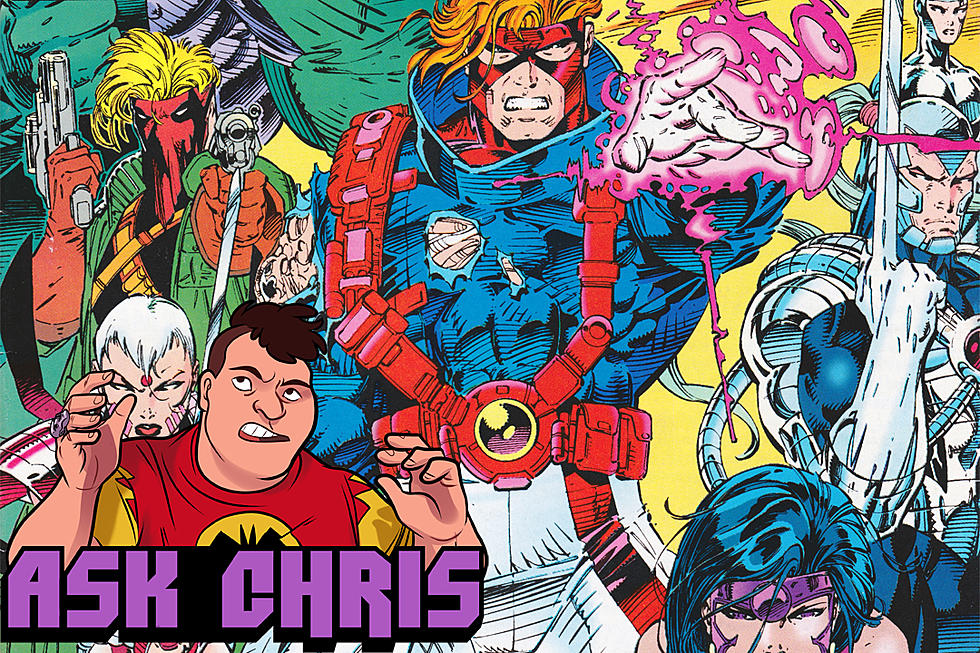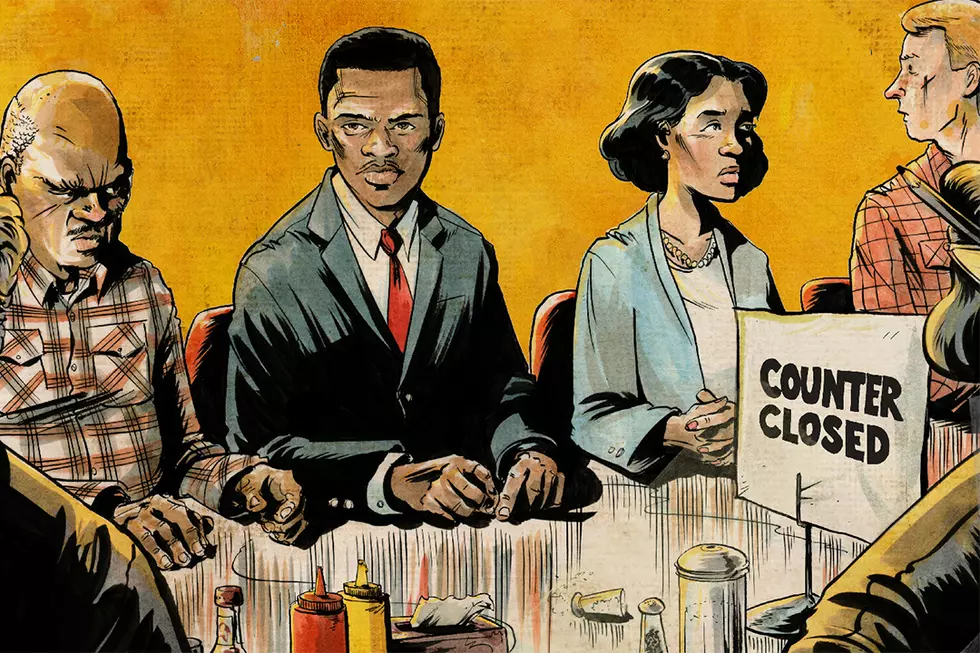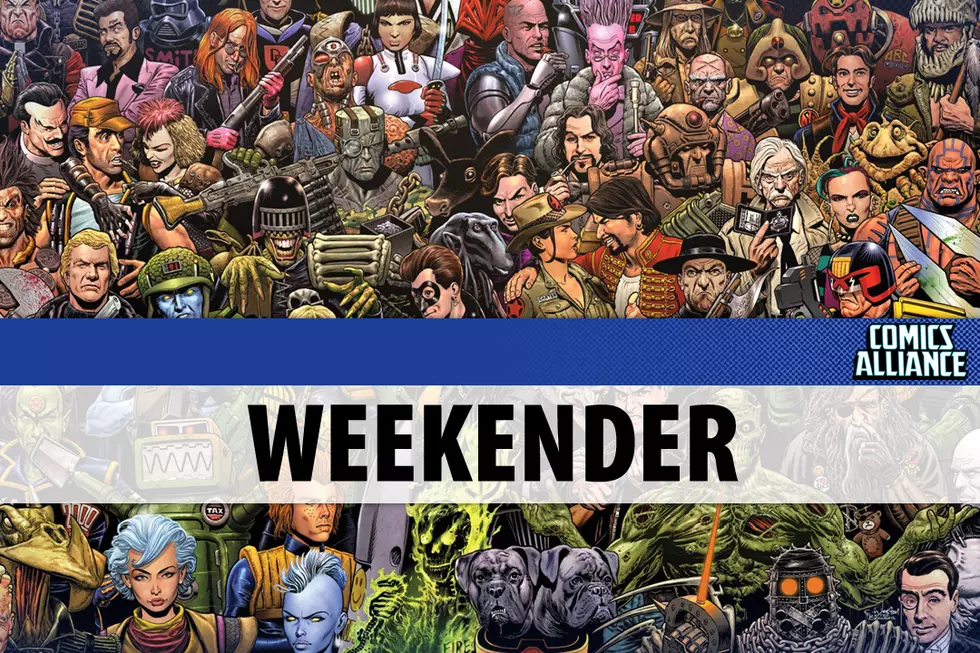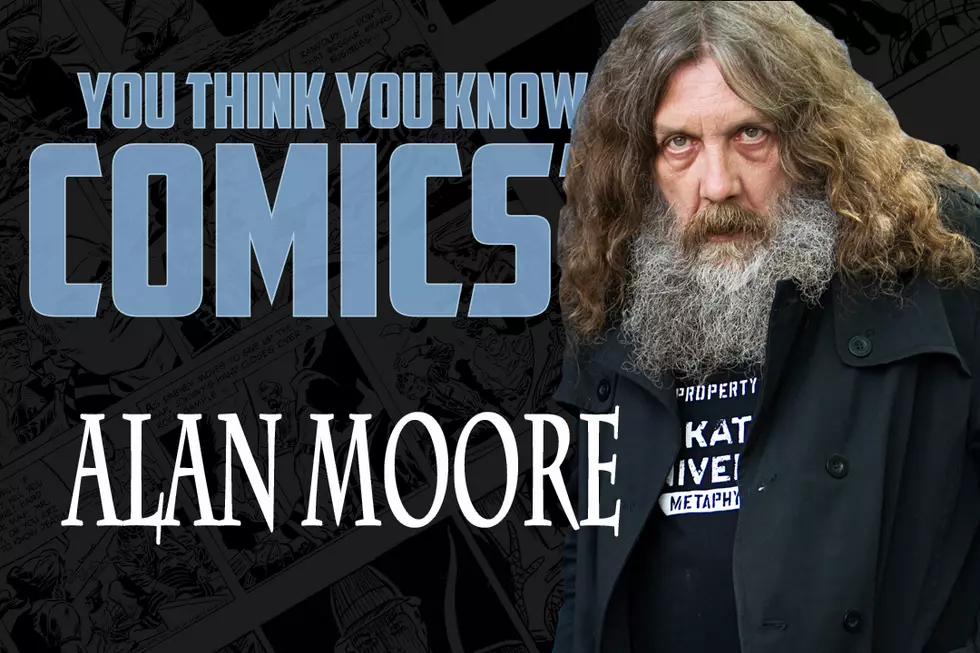![‘Nemo: Heart of Ice’ Is ‘The League of Extraordinary Gentlemen’, Streamlined [Review]](http://townsquare.media/site/622/files/2013/02/nemoreviewmain.jpg?w=980&q=75)
‘Nemo: Heart of Ice’ Is ‘The League of Extraordinary Gentlemen’, Streamlined [Review]

There's a downside to being a fictional character in heroic literature, aside from being beholden to the whims of an author or the deadly danger a character is so often subjected to. The role requires a certain remove from the rest of humanity, and warm, reciprocal relationships with others. To successfully live such a life, a character needs a heart that is cold and hard, like...well, like... Oh, I had the perfect metaphor a second ago! Ah, well. I'm sure it will come to me eventually.
That's the premise of Alan Moore and Kevin O'Neill's new standalone graphic novel Nemo: Heart of Ice, the latest adventure from the world of The League of Extraordinary Gentlemen, which is, of course, the world of Western literature, set-up as sort of a mega-mash-up shared universes akin to those of Marvel and DC Comics. Compared to the previous volumes of the series, particularly the most recently completed cycle of Century stories (which were also published by Top Shelf/Knockabout), this is a much more straightforward endeavor: It's shorter, it's more or less self-contained, it occurs (mostly) in linear, chronological fashion and its allusions, in-jokes and Easter Eggs number in the dozens rather than the hundreds.
Compared to the previous volumes of the series, particularly the most recently completed cycle of Century stories (which were also published by Top Shelf/Knockabout), this is a much more straightforward endeavor: It's shorter, it's more or less self-contained, it occurs (mostly) in linear, chronological fashion and its allusions, in-jokes and Easter Eggs number in the dozens rather than the hundreds.
In that respect, it's something of a welcome return to -- or, at least, return toward -- the form of the first two LOEG series, and a refreshing race through genre tropes and shared memories of adventure fiction, rather than a treatise on literary theory. It also gives O'Neill the opportunity to shine in a way that the writerly, perhaps overly writerly, last few go-rounds did not.
That is, while Moore is engaged in several points about the dwindling power and scope of the characters the sort of fiction he is mining was able to produce -- the story is that of the child of a Jules Verne creation versus a handful of infinitely more obscure, American creations -- while meditating on what it would mean to be a character aware to a certain extent that they are bound in a world of fiction, he also makes sure O'Neill has a ton of cool stuff to draw, with a much higher than usual cool stuff-to-page ratio.
It's 1925, and the Nemo in the title isn't the Captain of previous volumes, but his daughter Janni Dakkar, who has inherited his title, crew, ship and vocation. After robbing sled-enthusiast Charles Foster Kane and Queen Ayesha from Allan Quartermain creator H. Rider Haggard's She (which was, probably not coincidentally, adapted into a silent movie that very same year), Janni decides to take her crew exploring, following an Antarctic route that drove her father mad.

Kane, who didn't take kindly to being robbed, assembles his own League to sic on Janni and her crew, recruiting inventors/adventurers Tom Swift (here spelled "Swyfte"), Jack Wright and Frank Reade Jr. to hound her through her journey. Their travels take Janni and her allies through territory previously described in Edgar Allan Poe's Narrative of Arthur Gordon Pym, Jules Verne's Antarctic Mystery and H. P. Lovecraft's At The Mountains of Madness, where they encounter a white giant, a gargantuan hole in the ground, an ice sphinx, a cleverly rendered moment of time displacement, weird giant penguins and Lovecraftian architecture, hieroglyphics and creatures.

O'Neill gets to come up with his own designs for each of these characters, places and creatures, as well as some Jazz Age science fiction technology (including Kane's crew's weapons and vehicles and a new version of The Nautilus), and other spectacular sites that are merely passed through. To the artist's credit, he visually marries all these designs -- based on such diverse source material -- perfectly, so that the dude from Citizen Kane, an anthropomorphic dog dressed like a noble from the court of Louis XVI and one of the most complicated and scary-looking renderings of a Shoggoth I've seen all fit together so neatly its tempting to forget their paths were never meant to cross.

Moore's League comics have always afforded O'Neill similar opportunities, of course, but the compressed length of this one and the simplified plot -- it is literally little more than a Point A to Point B chase -- focuses the reader's attention on the art part of the equation more strongly than usual.
It may lack the appellation in the title, but Nemo: Heart of Ice is just as extraordinary as the preceding volumes of Moore and O'Neill's series -- if not, in some ways, even more so.
More From ComicsAlliance









